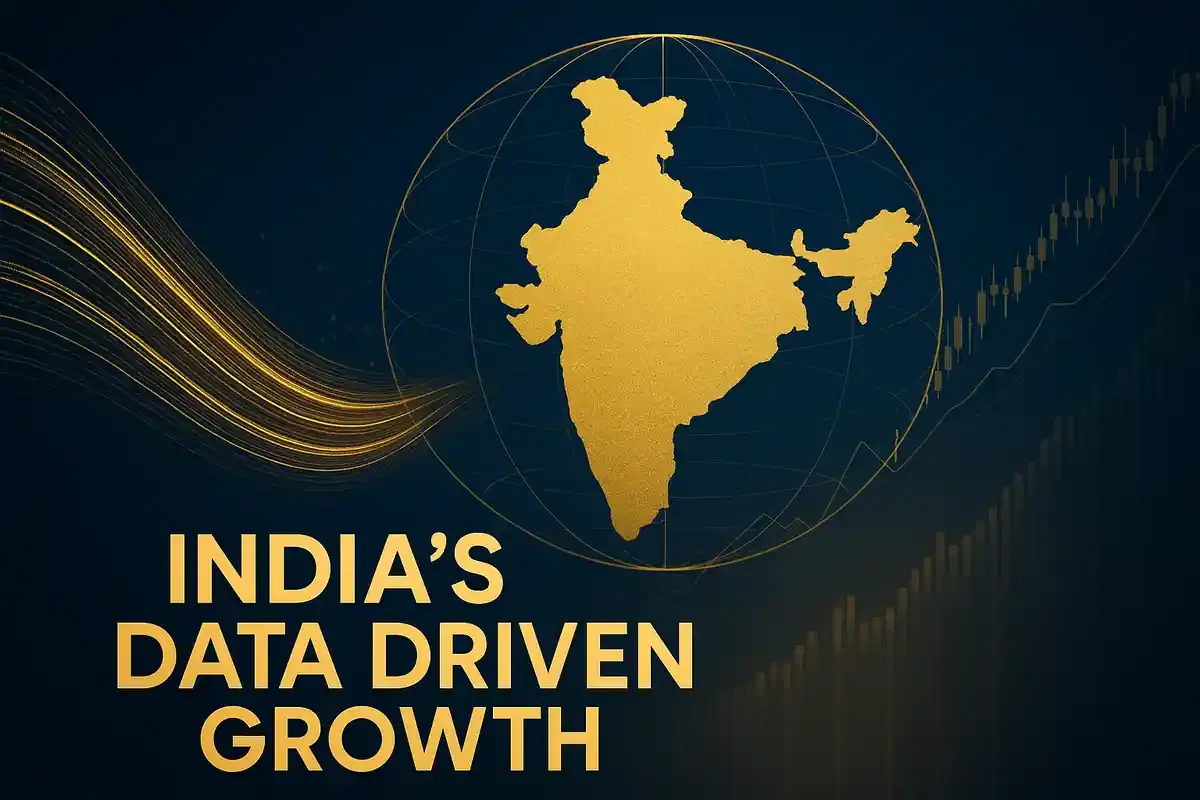India's Statistical Infrastructure: Fueling Economic Growth and Policy
Economy
|
28th October 2025, 2:12 PM

▶
Short Description :
Detailed Coverage :
India's economic progress and effective policy-making are heavily reliant on a robust and evolving statistical data infrastructure. The Ministry of Statistics and Program Implementation (MoSPI) is spearheading efforts to modernize this system, which collects and analyzes data for everything from GDP calculations to social welfare schemes. Recent advancements include integrating new data sources such as Goods and Services Tax (GST) filings, Public Finance Management System (PFMS) data, vehicle registration statistics from e-Vahan, and high-frequency transaction data from the National Payments Corporation of India (NPCI) into GDP calculations. The ministry is also reducing the lag time for data releases, with surveys like the Periodic Labour Force Survey (PLFS) seeing significant improvements in speed. New surveys for the service sector and capital expenditure have been launched to deepen data insights. The introduction of district-level granularity in PLFS and other surveys, along with the publication of the Compendium of Datasets and Registries 2024, aims to enhance data accessibility and standardization for researchers and policymakers. A Data Innovation Lab is leveraging AI, Machine Learning, and Big Data Analytics to modernize the National Statistical System. Platforms like PM Gati Shakti, integrating data from numerous ministries, are already showing impact, reportedly reducing logistics costs significantly.
Impact This news has a substantial positive impact on India's long-term economic outlook by enabling data-driven policy decisions, improving governance efficiency, and fostering a more innovation-led economy. It is crucial for achieving national development goals. Rating: 8/10
Difficult Terms Explained: Statistical Architecture: The structure and system for collecting, processing, and analyzing data. Actionable Foresight: Information that allows for effective decision-making and prediction of future outcomes. Integrated Statistical Data Infrastructure Pipeline: A connected system for gathering and using data from various sources to inform policy. Viksit Bharat 2047: India's vision for a developed nation by the year 2047. Ministry of Statistics and Program Implementation (MoSPI): A government ministry responsible for India's statistical activities. Periodic Labour Force Survey (PLFS): A survey to estimate key employment and unemployment indicators. Annual Survey of Industries (ASI): A survey collecting comprehensive data on the manufacturing sector. Annual Survey of Unincorporated Sector Enterprises (ASUSE): A survey focusing on unregistered businesses. GDP: Gross Domestic Product, the total value of goods and services produced in a country. CPI: Consumer Price Index, a measure of inflation. Index of Industrial Production (IIP): A measure of short-term changes in industrial output. MUDRA scheme: A government scheme providing loans to small businesses. GST: Goods and Services Tax, a consumption tax. PFMS: Public Finance Management System, for managing government finances. e-Vahan: A platform for vehicle registration. NPCI: National Payments Corporation of India, managing retail payment systems. Data Innovation Lab: A unit focused on advanced data analytics. AI, Machine Learning, Big Data Analytics: Advanced computational techniques for analyzing large datasets. PM Gati Shakti: A digital platform for integrated infrastructure planning.